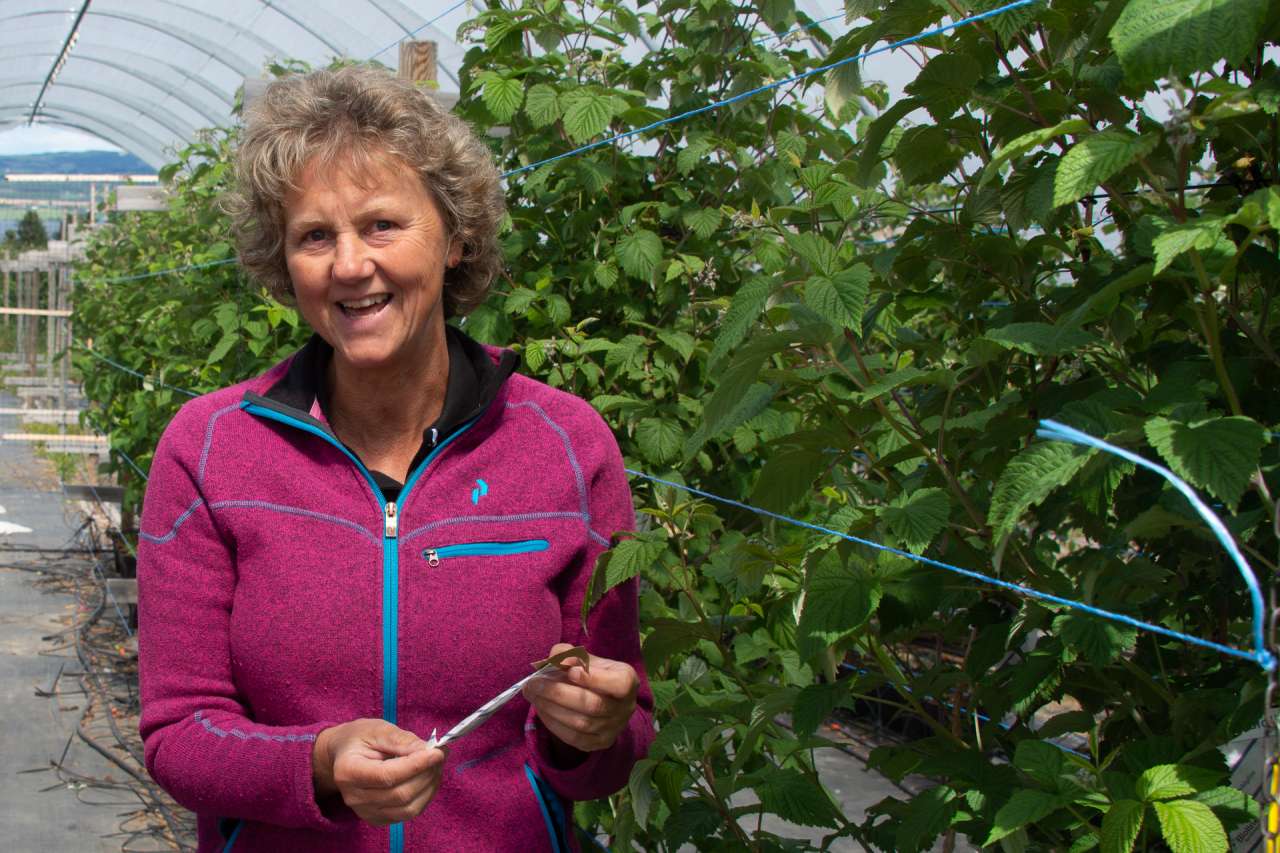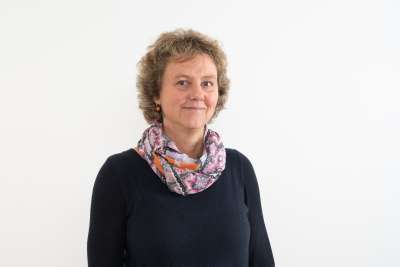Berry cultivation in plastic tunnels

Photo: Morten Günther.
In recent years, there has been an increasing interest in growing berries in plastic tunnels. Industry players are likely to need more information about this cultivation method, and researchers are working to find innovative solutions to increase profitability in the produce sector.
There are many benefits to the use of tunnels. They
offer protection from unseasonable weather conditions,
the worst of which can decimate crops. The
method also makes it easier to protect plants against
fungi and other pests, extends the growing season,
produces more stable crops, and makes it possible to
automate some of the most demanding aspects of
berry cultivation.
“Norway’s summer weather is becoming increasingly
unpredictable. Heavy rain and hailstorms can
destroy an entire crop,” explains senior researcher
Anita Sønsteby.
“Pests are also showing increasing resistance to the
pesticides that we have access to. Phytophthora root
rot is particularly problematic for raspberries as it
destroys the roots and is difficult to eradicate. It is
these types of fungi that force producers to plant in
pots with soil, peat or another substrate. Plastic
tunnels significantly reduce the problems caused by
fungi and pests and make it much easier to protect
the plants.”
Norwegian consumers are buying more and more
berries, especially strawberries and raspberries. More
stable crops make it possible to sell other types of
berries, such as blueberries, red and black currants,
and gooseberries.
Despite these advantages, Norwegian producers have
been skeptical about using plastic tunnels for
cultivation. High investment costs and uncertainty
regarding crop gains have cast doubt on the method.
Although there are clearly numerous benefits,
Sønsteby admits that cultivating crops in plastic
tunnels requires a great deal of knowledge.
Climate change and increasing pesticide resistance
inevitably put producers under pressure, but this is
where researchers can make a difference. They are in
the position to answer questions about precision
irrigation and fertilization, labor-saving technologies,
and how to achieve the best possible quality and
most stable crops.
Contacts

Anita Sønsteby
Research Professor
-
Division of Food Production and Society
(+47) 406 25 739 anita.sonsteby@nibio.no Office Location: Apelsvoll
Contacts

Anita Sønsteby
Research Professor
-
Division of Food Production and Society
(+47) 406 25 739 anita.sonsteby@nibio.no Office Location: Apelsvoll
